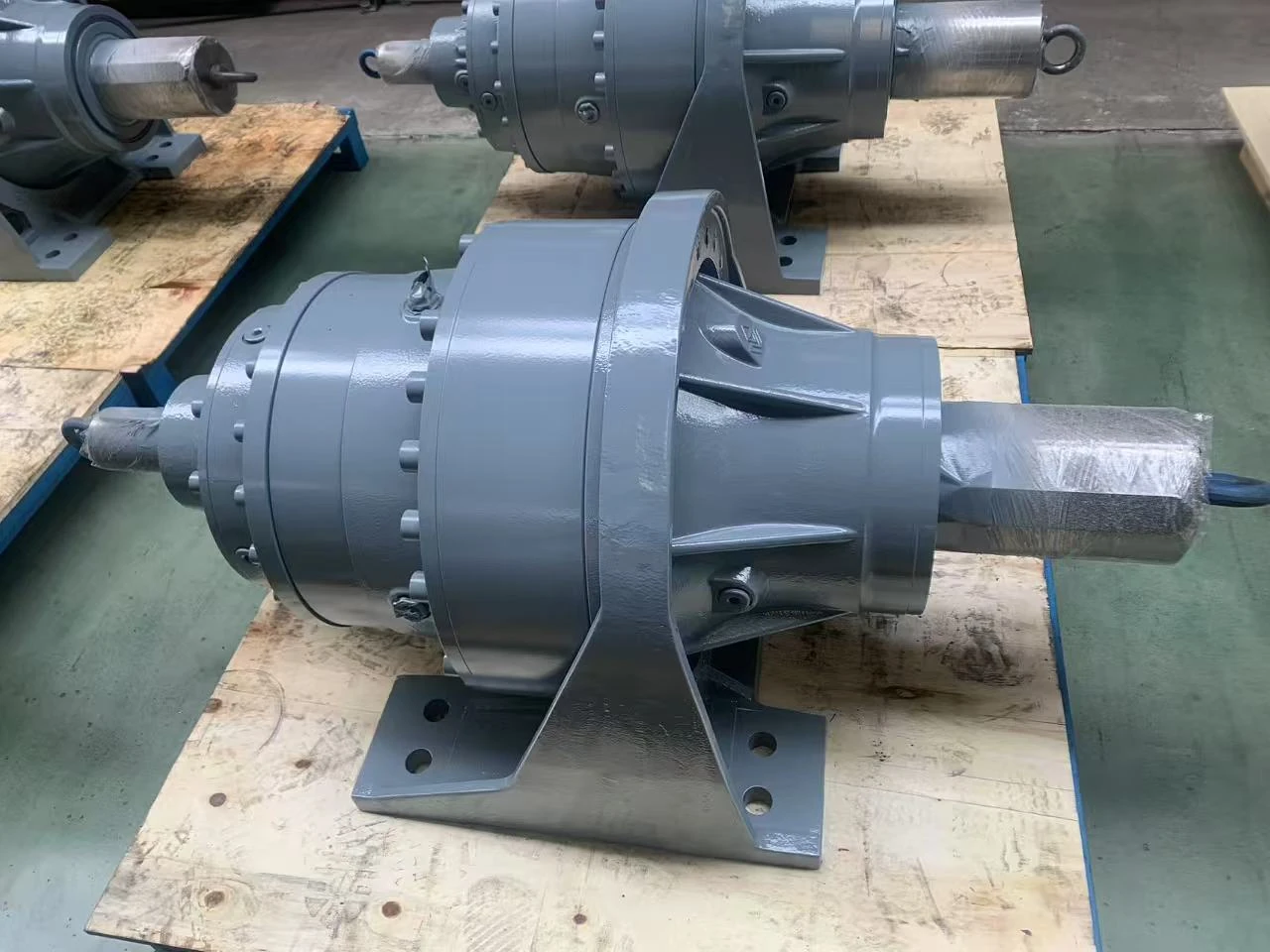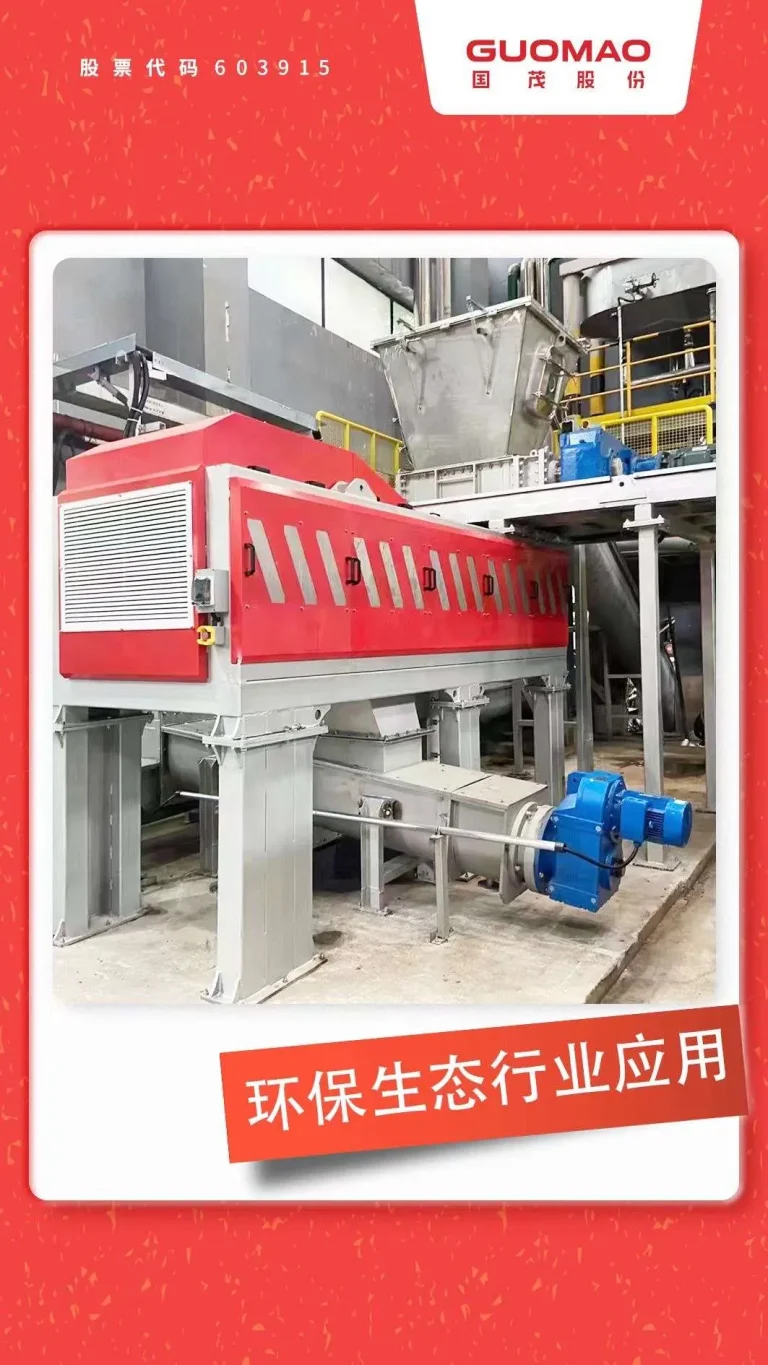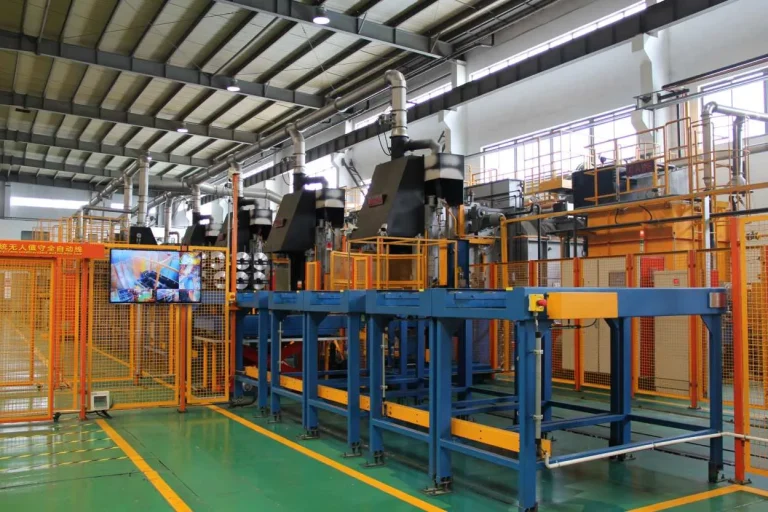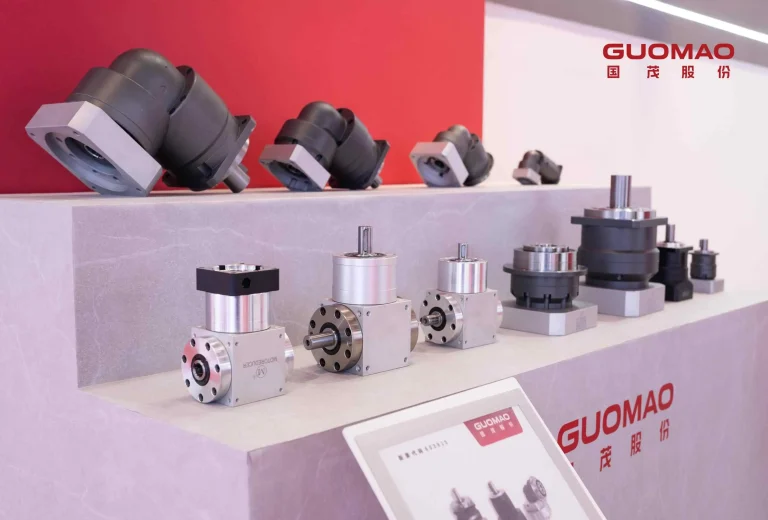How Inline Coaxial Helical Gear Reducers Improve Extrusion Efficiency
Optimizing torque transmission and alignment in single-screw extruders
Inline coaxial helical gear reducers have been playing a central role in the plastic extrusion line, providing a highly accurate, stable torque transmission system. Because the motor and reducer are on the same axis, power transmission is direct without loss. This reduces any vibration, thus allowing for smooth rotation of the extrusion screw, another very important factor in maintaining melt pressure uniformity and product quality.
Even slight misalignment of the drive and screw can accelerate bearing wear or cause inconsistent melt flow. Inline reducers avoid these problems by utilizing precision-machined housings, rigid shafts, and close-tolerance alignment. This stability reduces noise, friction losses, and extends equipment life during even the longest production cycles.
Low noise and compact footprint for continuous production lines
Plastic extrusion workshops often have several machines running side by side, for which compactness and noise control are essential. An inline coaxial reducer mounts directly in the motor to provide a shorter drive train and save floor space. A helical engagement of gear teeth transfers load gradually, thus limiting mechanical shock and acoustic noise.
This smooth transmission provides for less vibration and thus a more even pressure in the barrel and consistently predictable polymer output with continuous extrusion lines. The quiet operation also improves operator comfort and allows easier compliance with factory noise standards.

Cooling and lubrication setup for clean extrusion environments
Extrusion takes place in clean manufacturing spaces where contamination must be avoided. Inline reducers, therefore, employ sealed lubrication systems with controlled oil circulation. Maintaining lubricant viscosity between 40 °C and 70 °C prevents film breakdown and preserves gear-mesh integrity.
For heavy-duty extrusion or high ambient temperatures, external coil cooling can be added to stabilize oil temperature. These cooling measures maintain efficiency and minimize oxidation of CKD220 or CKD320 industrial lubricants commonly used in continuous plastic production.
Why Parallel-Shaft Helical Gear Reducers Excel in Rubber Mixing
Multi-stage design for high load and shock resistance in internal mixers
Internal mixers, open mills, kneaders, and calenders are some of the rubber mixing machines for driving applications that require very high torque coupled with fluctuating shock loads. Because of their multistage configuration that allows distribution of load across several gear meshes, parallel-shaft helical gear reducers operate very well in these applications. This provides for much smoother torque transfer and resists short-term overloads without gear scoring.
Large diameter shafts and reinforced housings further increase torsional rigidity. The configuration also allows for maintaining torque during start-stop cycles or reverse rotation typical in rubber compounding.
Maintaining thermal balance during long-duty mixing operations
Continuous rubber mixing produces substantial heat that must be dissipated to protect lubricants and bearings. Parallel-shaft reducers address this through generous oil volumes and optional cooling circuits.
Guomao classifies cooling capacity into three performance grades: PG1 for natural convection, PG2 for coil cooling, and PG3 for forced-oil circulation. Selecting the appropriate grade ensures thermal equilibrium and keeps operating temperature below approximately 70 °C, preserving gear hardness and lubricant viscosity.
Forced circulation and coil cooling for stable oil temperature
In heavy-load mixing, forced-oil systems continuously pump lubricant through filters and heat exchangers, maintaining a consistent temperature gradient throughout the gearbox. Coil cooling routes coolant through internal channels near the gear mesh, removing localized heat.
These approaches maintain oil stability and prevent thermal expansion of seals. They are essential in large internal mixers and calenders that operate around the clock under changing torque conditions.
Inline vs Parallel in Plastics and Rubber Lines — Which Fits Your Process Better
Comparing vibration, lifespan, and maintenance intervals
Inline coaxial reducers generally exhibit lower vibration because of their symmetrical geometry. The resulting balance reduces bearing stress and extends operating life—an advantage for continuous plastic extrusion. Parallel shaft reducers handle higher torque but generate slightly greater vibration; their lifespan remains excellent when proper maintenance intervals are followed.
For reference, inline reducers in stable extrusion environments typically require oil service after 8,000–10,000 hours, while parallel-shaft units in heavy rubber duty need inspection after 4,000–6,000 hours.
Axial thrust management for single-screw and conical twin-screw extruders
Extruder screws generate significant axial thrust that must be absorbed without compromising alignment. Inline coaxial reducers integrate large thrust bearings on the output shaft to manage this load continuously. In conical twin-screw systems, balanced thrust absorption between screws ensures stable synchronization.
High-rigidity bearing assemblies maintain accurate screw positioning, preventing deflection that could affect extrusion accuracy and melt uniformity.
Balancing energy efficiency and installation complexity
Inline reducers are simpler to install because their coaxial geometry requires minimal alignment. This reduces setup time and energy loss across couplings. Parallel-shaft gearboxes, while slightly more complex to mount, provide greater flexibility for larger machinery layouts used in rubber processing.
Energy efficiency typically favors inline designs by about 1–2 percent due to fewer mechanical interfaces, whereas parallel-shaft units deliver superior mechanical strength for high-torque, high-temperature applications.
How to Size and Integrate a Helical Gear Reducer for Extrusion or Mixing Lines
Checking torque, power, and thermal rating (PG1–PG3 levels)
Correct sizing ensures both mechanical and thermal reliability. Engineers must confirm that nominal torque (T₂) exceeds process torque and that input power (P₁) matches the drive motor. The thermal rating (PG level) defines how the reducer manages heat during continuous operation.
| Cooling Level | Description | Typical Application |
| PG1 | Natural convection | Light-duty plastic extrusion |
| PG2 | Coil cooling | Medium-duty rubber mixing |
| PG3 | Forced circulation | Heavy-duty kneading or calendering |
This classification simplifies matching gearbox specifications to production duty and ambient temperature.

Selecting service factors and mounting codes for each duty class
Service factors account for workload variation and start-stop frequency. Smooth extrusion lines often use a factor of 1.1–1.25, while shock-intensive rubber mixers may require 1.6 or higher. Proper mounting orientation ensures adequate lubrication of all bearings, avoiding localized heating and premature wear.
Ratio accuracy and iex verification for precision line speed
Precise transmission ratios are essential for maintaining constant line speed in extrusion. Even a small deviation can alter film thickness or profile geometry. High-accuracy helical gearing, verified through iex testing, guarantees that output speed remains stable under variable torque conditions.
Recommended coupling and load checks for belts, gears, and chains
When connecting the reducer to auxiliary drives, engineers must check radial loads on the output shaft. Flexible couplings or diaphragm couplings absorb misalignment and vibration, protecting bearings from excessive force. Loading data provided in technical manuals assists in evaluating belt or chain tension before commissioning.
Maintenance and Reliability Considerations in Continuous Operation
Lubrication system design and oil-grade selection (CKD220/320)
Gearbox life depends on lubricant quality. CKD220 and CKD320 grades are suited to most extrusion and mixing lines, providing stable viscosity and strong film protection under heat. Clean, filtered lubrication minimizes friction losses and maintains high transmission efficiency.
Cooling and temperature-rise control to extend bearing life
Bearing fatigue life increases exponentially as temperature decreases. Keeping oil below 70 °C—through natural or forced cooling—can double bearing lifespan in continuous production. Effective heat management also reduces oxidation and protects seals from hardening.
Preventive inspection: seals, vibration, and oil pressure indicators
Preventive maintenance ensures reliability. Regular inspection of oil level, seal condition, and vibration trends helps detect problems early. Simple monitoring routines—such as weekly vibration checks or oil sampling every few months—minimize unplanned downtime and keep reducers performing efficiently.
Guomao Solutions for Plastic and Rubber Machinery
Inline coaxial helical solutions for energy-efficient extrusion lines
For single-screw and conical twin-screw extrusion, Guomao provides compact inline coaxial reducers that deliver smooth torque transfer with low vibration. Their precise alignment and efficient load distribution improve energy utilization and melt stability.
Modular thrust bearings and forced cooling packages for long-duty reliability
Across both inline and parallel-shaft designs, Guomao employs modular thrust-bearing systems and optional forced-oil circulation to sustain long-term reliability. These modules maintain thermal balance and gear alignment during continuous operation, reducing wear and extending service intervals.
Compliance with GB10095 grade 6 precision and HRC58–62 gear hardness
Every reducer from Guomao meets GB10095 Grade 6 gear accuracy and HRC58–62 tooth hardness standards. These specifications ensure low noise, high efficiency, and exceptional durability for demanding plastic and rubber production environments.
FAQ
Q: Which type of helical gear reducer is best for plastic extrusion lines?
A: Inline coaxial reducers are most suitable for extrusion lines due to their compact form, direct alignment, and low vibration. These features ensure steady torque and consistent melt quality in continuous production.
Q: What type of helical gear reducer performs better in rubber mixing?
A: Parallel-shaft helical reducers handle higher torque and absorb shock loads effectively, making them ideal for internal mixers, kneaders, and calenders in rubber processing.
Q: How should engineers size a helical gear reducer for extrusion or mixing?
A: Verify torque, power, and thermal ratings (PG1–PG3) against process requirements. Proper service factors and mounting orientation guarantee mechanical safety and thermal balance.
Q: How often should the oil be replaced in continuous-duty gear reducers?
A: For extrusion applications, oil replacement every 8,000–10,000 hours is typical. In heavy-duty rubber mixing, intervals of 4,000–6,000 hours are recommended, depending on load intensity and temperature.
Q: What design elements ensure the long-term reliability of Guomao helical reducers?
A: Precision-ground gears, rigid thrust-bearing assemblies, and effective cooling systems maintain stability under load. Together, these features deliver smooth, efficient, and durable operation across both plastic and rubber applications.







